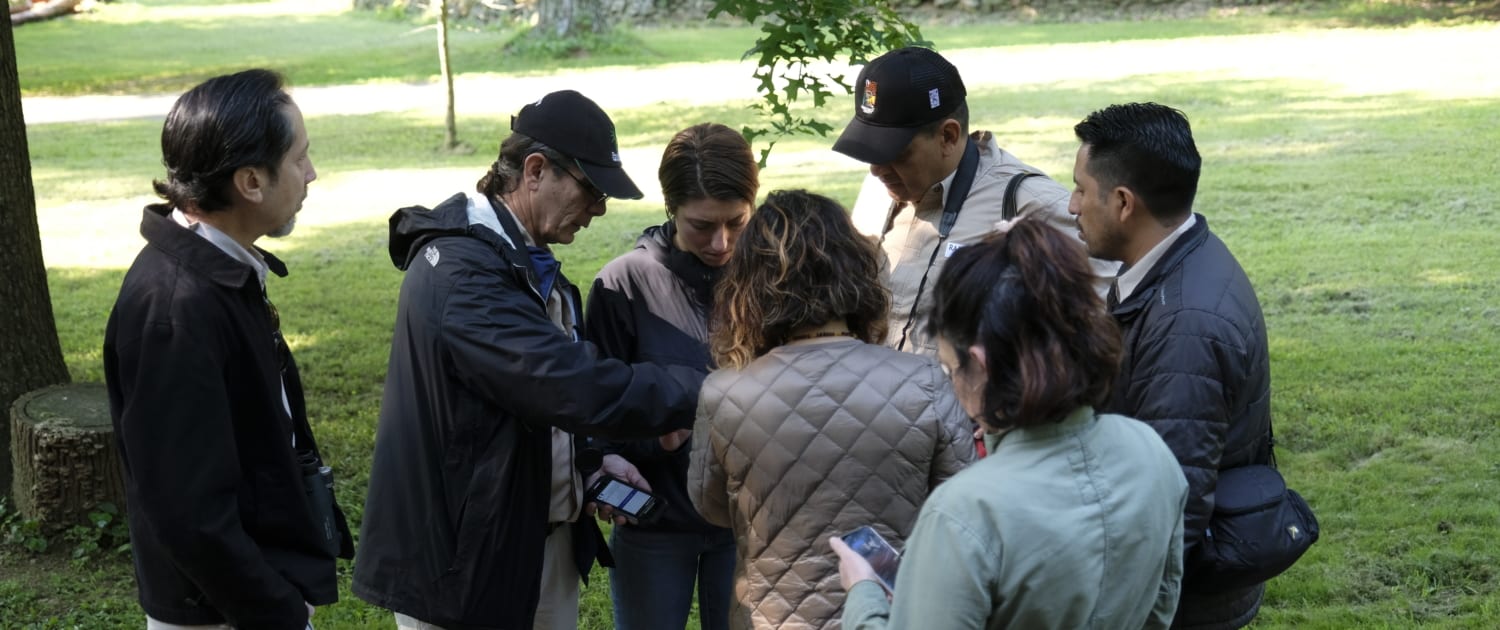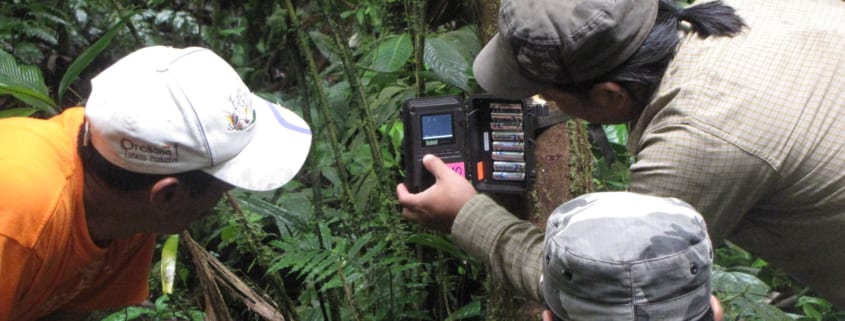Integrated Technology Bolsters Conservation
Header photo courtesy of Sumac Muyu Foundation.
One of the more recent boundary-pushing developments in technology is cross-platform integration. By allowing different devices to communicate with each other, such as a cell phone and a home security system, we can reduce digital “clutter” and streamline work.
But integration isn’t just for convenience—it’s also for improving efficiency, including in high-pressure, high-stakes situations. That’s the idea behind SMART, the Spatial Monitoring and Reporting Tool, a program bringing this new technological interface to conservation.
Data collection and analysis is the core of the SMART software. As rangers patrol a protected area, they can input everything from wildlife sightings to snares to actual encounters with poachers within seconds. Camera traps can also gather this information in real time, allowing for immediate data collection in otherwise inaccessible areas, day and night.

Rainforest Trust staff and Fellows learn more about SMART from Wildlife Protection Solutions.
SMART then collates the data and looks for patterns. For example, the program notices if there is any correlation between the areas frequented by both wildlife and poachers. This analysis allows ranger teams to plan more effective patrol routes. The camera traps can also provide real-time alerts on both wildlife and poacher intrusions. This function can prompt patrol teams to send out an emergency crew to stop poaching and monitor individual protected animals.
Last month, Rainforest Trust’s Partner Retreat included a SMART training program. Two experts from the conservation technology nonprofit Wildlife Protection Solutions trained participants in the classroom and through hands-on field exercises. They provided each participating Rainforest Trust Fellow with a pre-loaded, field-ready smartphone and an overview of the software. Practice field exercises took place in the forest around Rainforest Trust’s office.

Rainforest Trust staff and Fellows participate in a SMART training program last month at the Rainforest Trust Partner Retreat.
“The SMART training has immediate protection benefits,” said Mark Gruin, Rainforest Trust’s Acting CEO. “The Fellows will take a more-than-basic knowledge of the tool back to their organizations for more effective patrols and monitoring.”
“Proper data analysis can provide optimization in any industry,” said Rosie Faccone, Technology Coordinator for WPS. “It just so happens that with conservation it translates to empowering the rangers and patrol teams, and ultimately protecting our planet’s biodiversity more effectively.”
SMART integration and data analysis has, so far, only started bringing conservation into the new tech landscape. Future innovation can only connect more rangers with more wildlife and more opportunities for protection.





